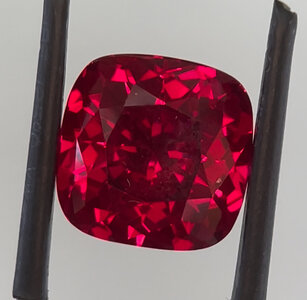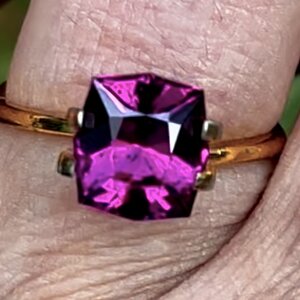- Joined
- Jul 31, 2014
- Messages
- 20,075
If you are interested in Lab-Grown Ruby, I was at a shop earlier this week that was selling nice material for $30/ct at the Bangkok Jewelry Trade center.
I took a video of of this one because I thought it was cooI.
I didn’t pay attention to the name of the shop however.
If you or anyone else is interested (and it is permissible by PS rules), I can take a photo of their card and post it next time I visit there. Probably next week some time.
For the sake of transparency, I have no affiliation with the vendor. My interaction was all of 5 minutes long and I don’t even know their name.
It was just some stand right as you walk in the door.
They have lab-grown neon cobalt spinel and several other lab-grown gems for around the same price. I don’t know if they ship stones or not (though they probably do) but it might be a useful resource.
Yes please, post!


















300x240.png)